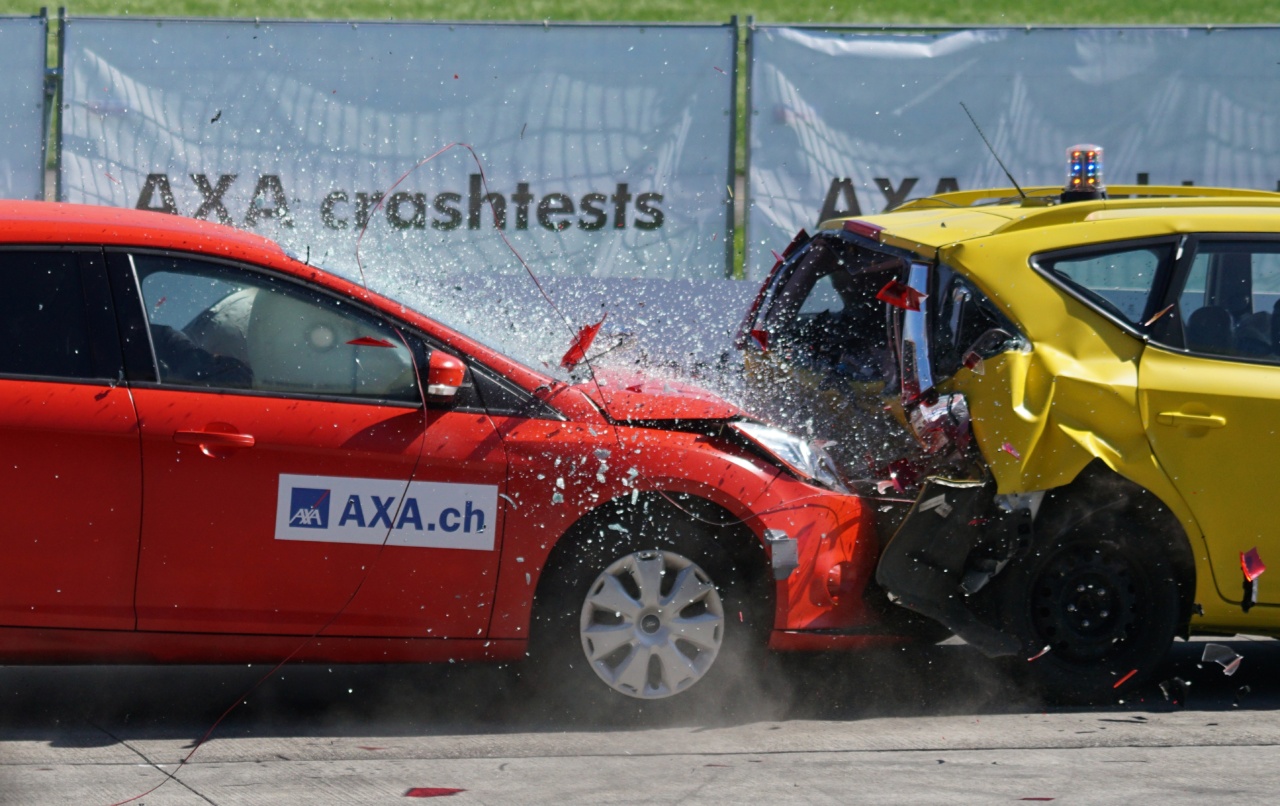Driving is a skill that requires focus, attention, and patience. It is a complex task that involves coordination, decision-making, and adherence to traffic laws.
However, there is one particularly frustrating driving technique that can truly put our patience to the test – slow driving.
The Prevalence of Slow Driving
We have all experienced it – being stuck behind a driver who seems to have no sense of urgency, driving well below the speed limit, and holding up traffic. Slow driving is prevalent on highways, residential streets, and even in bustling city centers.
This driving behavior can be attributed to various factors including inexperience, cautiousness, distractions, or simply a lack of awareness.
The Frustration it Causes
Slow driving can be incredibly frustrating for other drivers on the road. It leads to congestion, delays, and potential safety hazards. As drivers, we naturally want to get to our destination in a reasonable amount of time.
Slow drivers can hinder our progress, causing stress, impatience, and aggression behind the wheel. It tests our ability to remain calm and composed in challenging situations.
Implications on Traffic Flow
One slow driver can disrupt the flow of traffic, affecting not only the immediate vehicles behind them but also the cars further down the line.
A single driver traveling significantly slower than the speed limit requires other drivers to make sudden adjustments to maintain a safe distance. This disruption can create a ripple effect, leading to a chain reaction of slowdowns and potential accidents. It hinders the efficiency of the transportation system as a whole.
The Dangers of Slow Driving
While slow driving may seem like a harmless annoyance, it can actually be dangerous. When drivers become frustrated by slow drivers, they may attempt risky maneuvers such as tailgating, weaving through traffic, or making unsafe overtakes.
These actions increase the likelihood of accidents, which can have severe consequences for all parties involved. Additionally, slow drivers who fail to keep up with the flow of traffic can become obstacles that other drivers need to navigate around, potentially leading to collisions or near-misses.
The Psychology of Slow Drivers
Understanding the psychology behind slow driving can provide some insight into why certain individuals adopt this behavior. In some instances, it may be due to a lack of confidence or anxiety-related to driving.
These drivers might feel more comfortable moving at a slower pace, believing it reduces the chances of making mistakes or getting involved in accidents. Additionally, distractions such as mobile phone usage or engaging in activities other than driving can also contribute to slow driving.
Addressing the Issue
To mitigate the frustration and dangers associated with slow driving, it is essential to address the issue with a multi-faceted approach:.
1. Education and Awareness
Enhancing driver education programs and creating public awareness campaigns can help educate drivers about the importance of maintaining a reasonable speed and adhering to the flow of traffic.
By emphasizing the impact of slow driving on overall traffic efficiency and safety, individuals may be more inclined to adjust their behavior.
2. Law Enforcement
Law enforcement agencies can play a crucial role in enforcing speed limits and penalizing slow drivers who impede traffic flow.
Increased patrols in areas known for slow driving can serve as a deterrent and encourage drivers to maintain an appropriate speed.
3. Support for Anxious Drivers
Recognizing that some slow drivers may be experiencing anxiety or lack of confidence on the road, providing support and resources can help them feel more comfortable and competent behind the wheel.
Programs that offer driver confidence-building techniques and stress management strategies can empower individuals to drive at a more reasonable pace.
4. Encouraging Lane Courtesy
In multi-lane roads, promoting lane courtesy can alleviate frustration caused by slow drivers. Clear signage and public campaigns can educate drivers about the importance of using the right lane for slower speeds and using the left lane for passing.
This simple practice can greatly improve traffic flow and reduce conflicts.
5. Developing Intelligent Transportation Systems
Advancements in technology provide opportunities to address slow driving.
Intelligent Transportation Systems can include features such as dynamic speed limit signs and adaptive cruise control that encourage drivers to maintain an optimal speed while providing real-time information about traffic conditions. These systems can help improve overall traffic efficiency and reduce the occurrence of slow driving.
Conclusion
Slow driving can undoubtedly test our patience and frustrate us behind the wheel. However, by understanding the implications, dangers, and underlying psychology behind this behavior, we can work towards finding effective solutions.
Education, awareness, law enforcement, support for anxious drivers, and the development of intelligent transportation systems are all crucial components in combating slow driving. By addressing this issue, we can create safer, more efficient roadways for everyone.





























